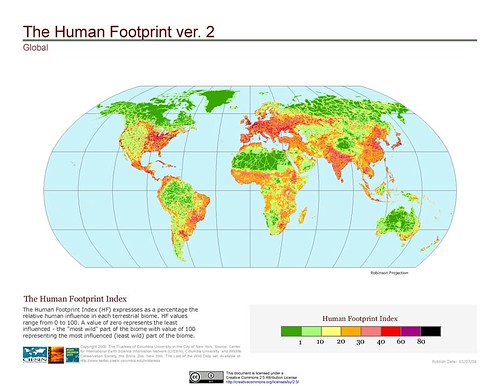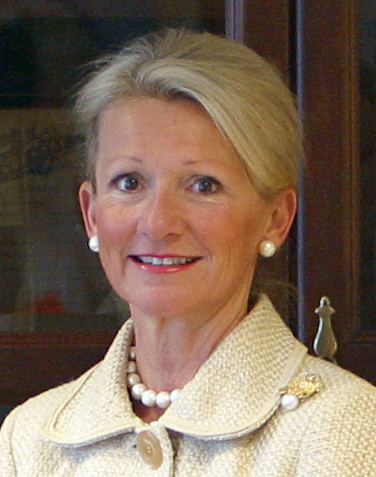Clay T. "Tom" Whitehead, 69, who helped the cable industry flourish by bringing competition to the domestic satellite market in the early 1970s, died July 23 at Georgetown University Hospital. He had prostate cancer.
During the Nixon administration, Mr. Whitehead became the country’s first telecommunications policy adviser and championed free markets in the satellite business. He later revolutionized the way communications satellites were sold — outright to cable providers instead of leasing them to those companies.
Starting in the mid-1980s, he challenged Europe’s state-owned television systems by spearheading the first private Pan-European television satellite system, Luxembourg-based SES Astra. It became one of the continent’s most popular and profitable private satellite systems.
Dr. Whitehead had degrees in engineering and management but little knowledge of communications when in 1970 he was appointed the first director of the old White House Office of Telecommunications Policy. Considered bright and able, he said his chief concern was trying to get the federal government to become "more anticipatory" in addressing rapid technological changes.
During his four years overseeing the office, he sough to demolish the monopoly model that had given tremendous power to large international corporations such as Comsat and Intelsat. He set in motion policies that allowed domestic satellite competitors to succeed, and far more cheaply.
His work had an enormous impact on the cable industry, which because of his efforts could get its own programming channels via satellites to a national audience. Before, that reach was impossible unless a cable channel wanted to lease land lines from the monopoly provider AT&T.
HBO, the Turner cable networks and C-Span were among the key beneficiaries of Dr. Whitehead’s decisions.
Henry Geller, a Washington telecommunications lawyer and Federal Communications Commission general counsel, said Dr. Whitehead "changed the entire landscape of television in the United States and throughout the world" by advocating an "open skies" policy toward domestic satellites.
Geller said Dr. Whitehead "stopped the FCC cold, which was still promoting Comsat as a domestic monopoly. Satellite service became more competitive, allowing such companies as RCA and Hughes to achieve greater innovations more cheaply."
Dr. Whitehead was credited with formulating policies that gave more autonomy to local stations in the public broadcasting system, which was seen by some PBS executives as an attack on the service in large part because of Dr. Whitehead’s early reputation for antagonizing the press.
He called network television news a haven for "ideological plugola" and "elitist gossip." His criticisms extended to the public broadcasting system, which he called a "fourth network" for alleged liberal biases.
He apologized before a Senate committee, saying his own comments "did not serve a very useful purpose."
Clay Thomas Whitehead, was born Nov. 13, 1938, in Neodesha, Kan., and raised in Columbus, Kan.
An early interest in astronomy led him to the Massachusetts Institute of Technology, where he received a bachelor’s degree in electrical engineering in 1960 and doctorate in management in 1967.
He was a Rand Corp. economist before joining the Nixon team in 1968 as an expert on budget policies. He also helped create the Office Telecommunications Policy, which was folded into the Commerce Department’s National Telecommunications and Information Administration during the Carter administration.
In 1979, Dr. Whitehead became the founding president of Los Angeles-based Hughes Communications, a satellite-manufacturing subsidiary of Hughes Aircraft Co. His greatest achievement was the Galaxy program of commercial communications satellites, which addressed the needs of a rapidly growing cable television market.
He likened the Galaxy program to a mall with an "anchor tenant," such as HBO. Each subsequent company would buy a piece of the satellite. This approach made enormous profits for Hughes, reportedly $200 million for the 24 transponders on the Galaxy I that launched in 1983.
"I suppose the thing I like to do most is set things up and make them run," Dr. Whitehead had once told the New York Times. He left Hughes in 1983 because he said he tired of working for a big company.
He spent the next two years laying the financial, technical and political groundwork for a $180 million enterprise that became SES Astra.
Some European politicians criticized the proposed system as "Coca-Cola satellite" and dismissed it as cultural imperialism, all to protect their government-run television channels.
"I think we’re seeing wounded national pride," Dr. Whitehead told Forbes magazine in 1985. "There would be more European programming if a large commercial marketplace already existed there."
SES Astra, in which Luxembourg is a major stakeholder, grew tremendously. Its programming is beamed into more than 65 million homes, and its worth was estimated to be more than $1 billion.
A contractual dispute led Dr. Whitehead to sue SES Astra and the Luxembourg government for $600 million. He was consumed by the lawsuit for a decade, until prevailing in 2003. The final agreement was confidential.












